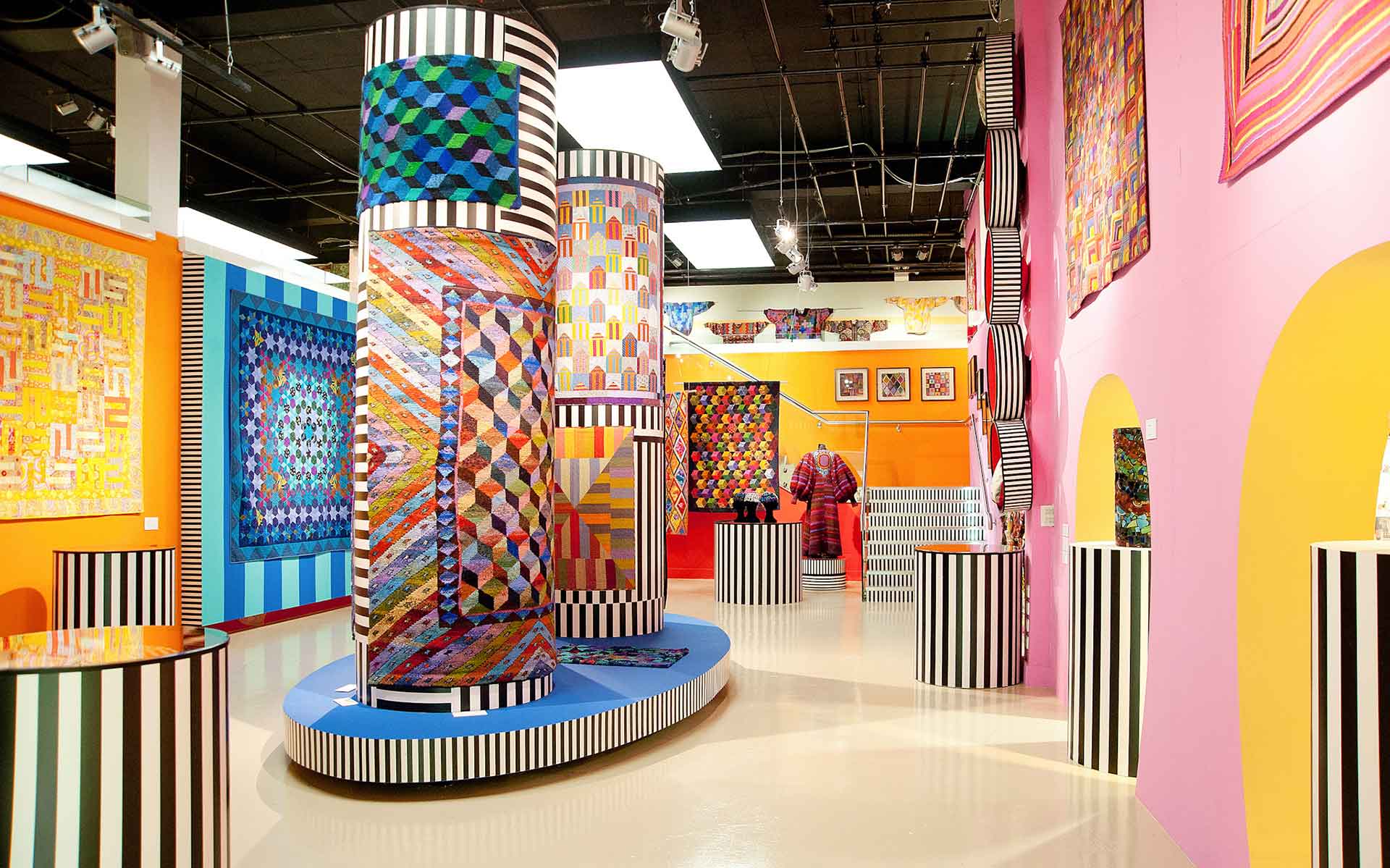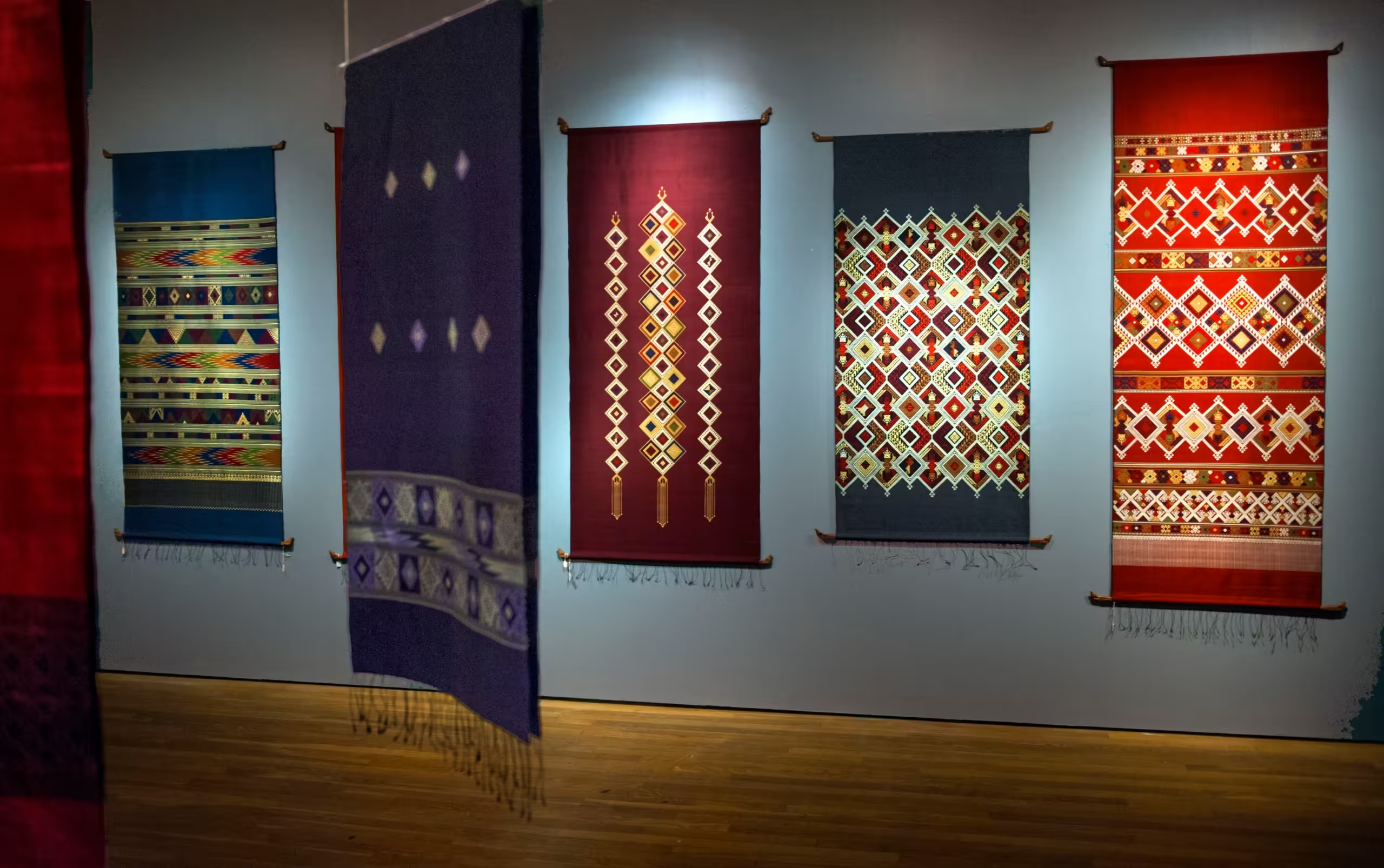Textile museums, also known as fashion and textile museums, are dynamic archives of human ingenuity and cultural legacy. These establishments provide a distinctive window into the development of fabric technology, fashion history, and textile art. They draw attention to the important role textiles play in both high fashion and everyday life by conserving and exhibiting textiles. This article explores the rich history, important exhibitions, and influence on our understanding of fashion and textile design of textile museums.
Textile Museums: An Evolution
Over time, the idea of a textile museum has changed from being limited to collections of fabric samples to including organizations that honour and examine the artistry and technology of textiles. Early collectors and academics in the 19th century credited the appreciation of historical materials with the development of textile preservation. These collections were first frequently kept in general museums or as components of larger art collections.
The increased interest in textile innovation and fashion history in the late 20th century led to the establishment of specialized textile museums. The goal of these museums’ establishment was to highlight the artistic, cultural, and technological significance of textiles while preserving, researching, and showcasing them. These days, textile museums are essential to research and teaching because they provide a window into the complex world of textile technology and design.

Important Displays and Collections
Ancient textiles and modern fashion are among the varied collections seen in most textile museums. Here are a few noteworthy instances of what one could come across:
Historical Textiles: A plethora of textile museums display textiles spanning many historical eras, providing insight into the development of fabric production methods and styles. Viewers may be able to view elaborate Renaissance stitching, medieval tapestries, or linen from ancient Egypt. The historical backdrop of textiles used for apparel, décor, and ceremonial purposes is given by these exhibitions.
Fashion Highlights: Identical clothing and accessory collections are frequently on display in fashion and textile museums. These displays could feature haute couture pieces by well-known designers, old clothing that shaped fashion trends, or even regular clothes that represent the social and cultural mores of various historical periods. For example, the Musée de la Mode in Paris is a veritable gold mine of fashion history, including items by iconic designers like Christian Dior and Coco Chanel.
Textile Techniques: Traditional weaving, dying, and printing methods are displayed in a number of museums that highlight the technical aspects of textile creation. Visitors may be able to witness these methods in action through interactive exhibits, which will enhance their understanding of the artistry required in the creation of textiles. The instructional displays of the Textile Museum in Washington, D.C., are well-known for showcasing the creative and technical processes involved in making textiles.
Textiles with Cultural Significance: Textile museums also highlight the importance of textiles in culture. Traditional clothing from different nations may be on display, highlighting the diversity of textile arts around the world. These collections share tales about the communities and customs that produced the textiles in addition to showcasing their beauty.
Read More: Timeless Italian fashion
Textile Museums’ Function in Preservation and Education
Textile museums serve an important function in preservation and teaching in addition to being collections of historical textiles. These organizations frequently provide seminars, talks, and guided tours that cover a variety of topics related to textile arts and fashion history. Through engaging visitors of all ages and backgrounds, these activities hope to promote a deeper knowledge of the social effect of textiles.
One additional important role of textile museums is preservation. Environmental elements including light, humidity, and temperature can harm textiles. To preserve and restore fragile textiles and make them accessible to future generations, museums use specialized methods and tools. This dedication to preservation serves to protect the cultural and historical narratives that these physical things represent in addition to the objects themselves.
Textile Museums’ Influence on Modern Fashion
Modern fashion is also influenced by textile museums, as they provide designers and artists with inspiration. A lot of fashion designers include old techniques and historical textiles in their creations. Designers might discover historical styles, materials, and techniques that can be creatively reinvented by examining the collections in textile museums.
In addition, fashion designers and textile museums frequently work together on unique exhibitions and projects. These partnerships have the power to elevate ancient textiles and present new angles on their applicability to contemporary design. For example, the Victoria and Albert Museum in London regularly presents exhibitions that highlight the ongoing conversation between the past and present in the realm of fashion by contrasting historical clothing with modern designs.

Distinguished Textile Museums Worldwide
Around the world, a number of textile museums are notable for their outstanding holdings and contributions to the industry. Here are a few noteworthy instances:
The Textile Museum, Washington, D.C., USA: This museum, which is well-known for having a sizable collection of textiles from many civilizations, also provides educational programs and exhibitions that examine the craft and science of making textiles.
Paris, France’s Musée des Arts Décoratifs: Housed inside the Louvre, this museum boasts an extensive collection of decorative arts, which includes a remarkable selection of textiles from both ancient and modern periods.
New York, USA’s Fashion Institute of Technology (FIT) Museum: This museum, which is well-known for its fashion-focused displays, features clothing from many historical periods, such as street fashion and haute couture.
Kyoto, Japan’s The Kyoto Costume Institute: With an emphasis on both Japanese and Western fashion, this institute, which specializes in fashion history, conserves and displays a broad variety of garments and accessories.
In summary
Textile museums bridge the gap between traditional craftsmanship and modern design by providing an engrossing voyage through the world of fashion and fabric. These organizations offer priceless insights into the creativity and importance of textiles in human history by conserving and showcasing textiles from many cultures and eras. Textile museums serve as both educational and preservation hubs, inspiring the next wave of designers, academics, and aficionados while also paying tribute to the past. Whether examining modern clothing or antique textiles, visitors to textile museums acquire a greater understanding of the complex and always-changing world of textiles.








